What are the worst garden flowers for allergies? 5 plants to avoid, and what to choose instead
The main cause of your seasonal allergies could be lurking in your flowerbeds...
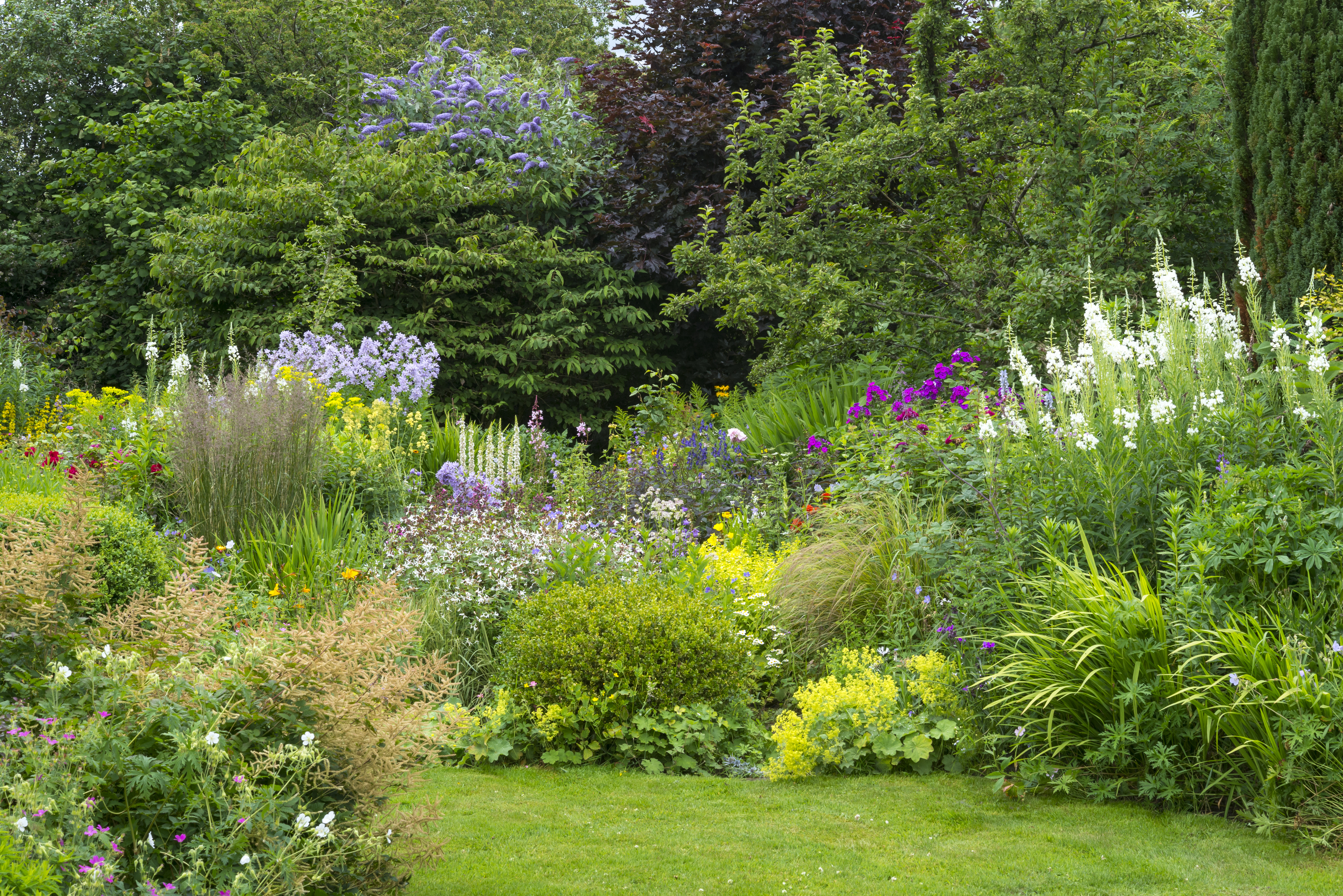

Most people would agree that spring is the most beautiful time of year. It's a real sight to behold when your backyard finally blossoms in a colorful display of bright blooms, but it does come with a downside, and it's one that proves a real nuisance to many of us: a high pollen count.
Seasonal allergies are thought to affect around one in five of us and the symptoms prevent sufferers from spending quality time in the great outdoors many months of the year. While we tend to associate hayfever with grass or tree pollen, there are actually some common offenders that could be lurking in your flower beds, and they might be the root cause of your allergies. The trick to lessening your symptoms is knowing which ones to avoid.
Trust us, we're not ones to usually warn anyone against flowers. There are few instances where you'd ever want to uproot a bloom or say no to a new plant, but this is one of them. If you're suffering from an itchy throat or watery eyes every time you step out in your backyard, these are the garden flowers experts say you ought to steer clear of.
1. Ragweed
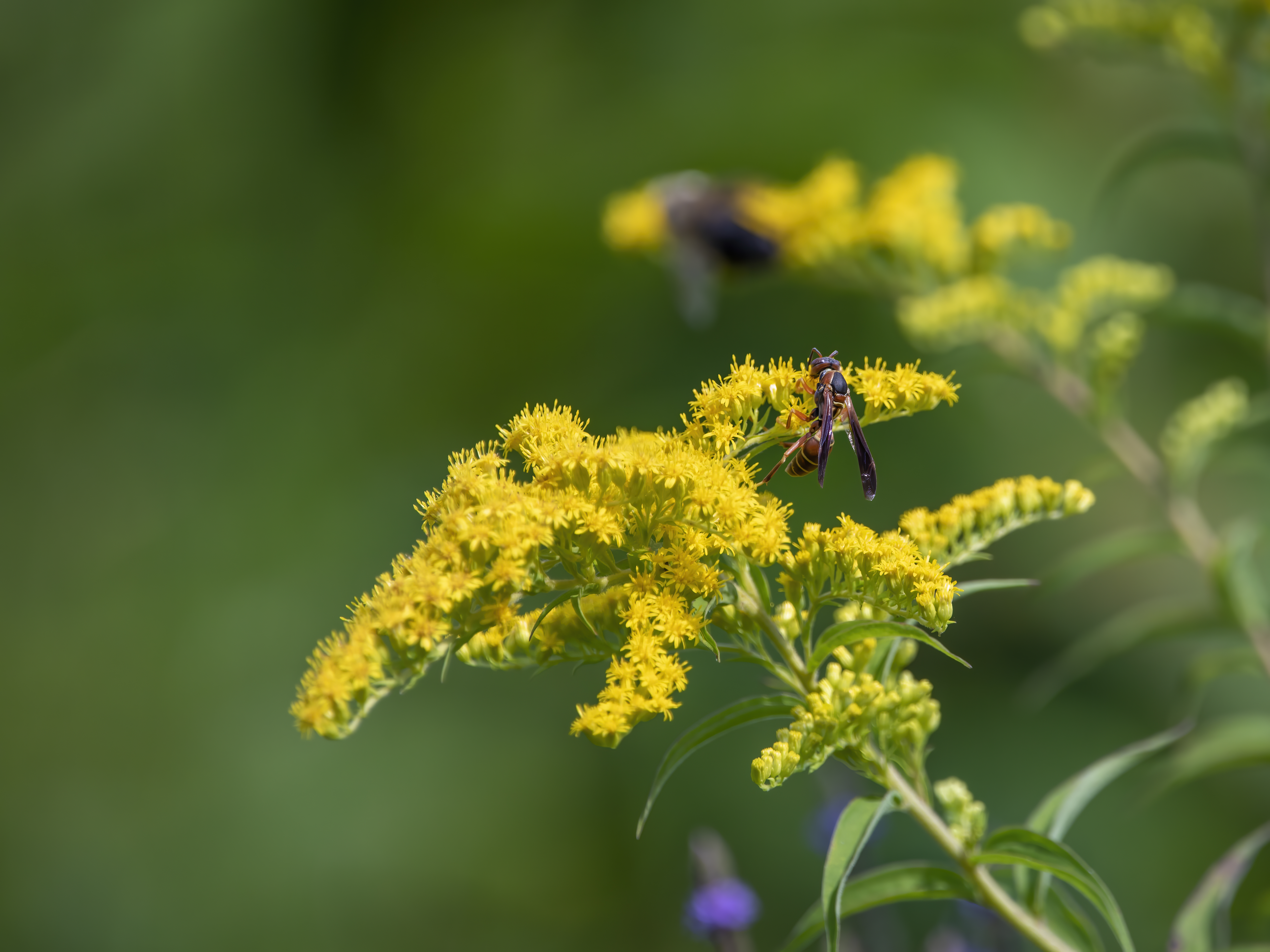
First up is ragweed. This common plant blooms in clusters of small yellow flowers which produce high levels of pollen, making it a notorious trigger for allergies.
'Ragweed is a typical source of hayfever,' says Aaditya Bhatta plant expert and founder of Plantscraze. 'Its pollen can disperse over great distances, causing allergies in persons who are not even nearby.' It produces most of its pollen later in summer from August to October, so now's a perfect time to identify the plant in your flowerbed and remove it before it has the chance to trigger your allergies.
Choose instead: As an alternative vibrant flower that won't worsen your symptoms, Tony O'Neill, gardener and author of the book Composting Masterclass (available at Amazon), suggests goldenrod. 'Though they look similar, goldenrod is insect-pollinated and unlikely to trigger allergies,' he says.
2. Sunflowers
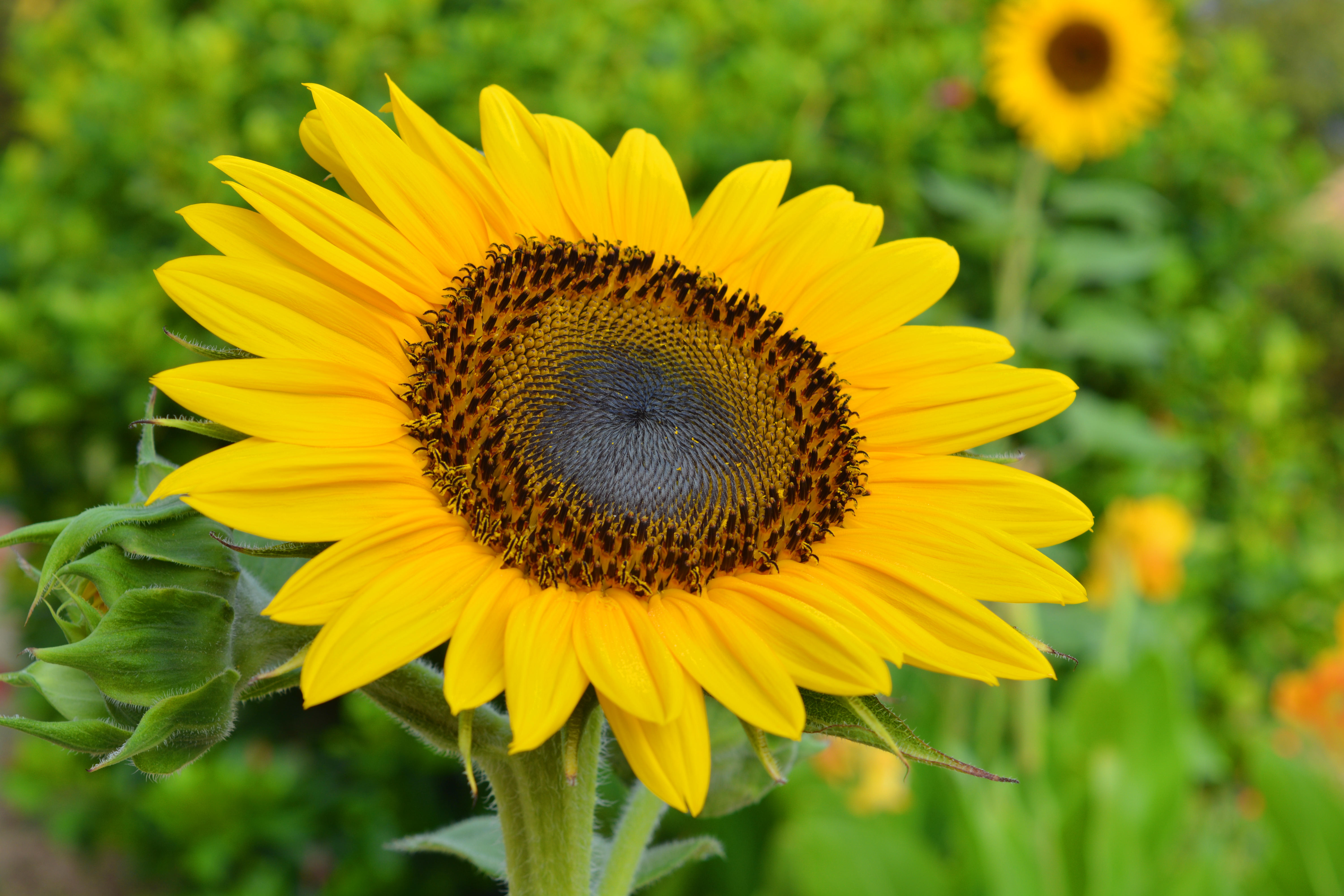
Sunflowers are a favorite across many backyards thanks to their large showy flowerheads, bordered by bright yellow or orange petals. But alas, they're not a sensible choice if you're easily triggered by pollen.
The Livingetc newsletters are your inside source for what’s shaping interiors now - and what’s next. Discover trend forecasts, smart style ideas, and curated shopping inspiration that brings design to life. Subscribe today and stay ahead of the curve.
More than just a pretty face, not only do sunflowers produce a lot of pollen but they're known to cause various other allergies including asthma and conjunctivitis, too.
Choose instead: For an alternative option Tony suggests zinnias, 'a colorful and low-allergen option for your garden'. These brightly petalled annuals come in a myriad of colors and variations and are a great choice if you're looking to start a flower garden.
3. Chrysanthemums
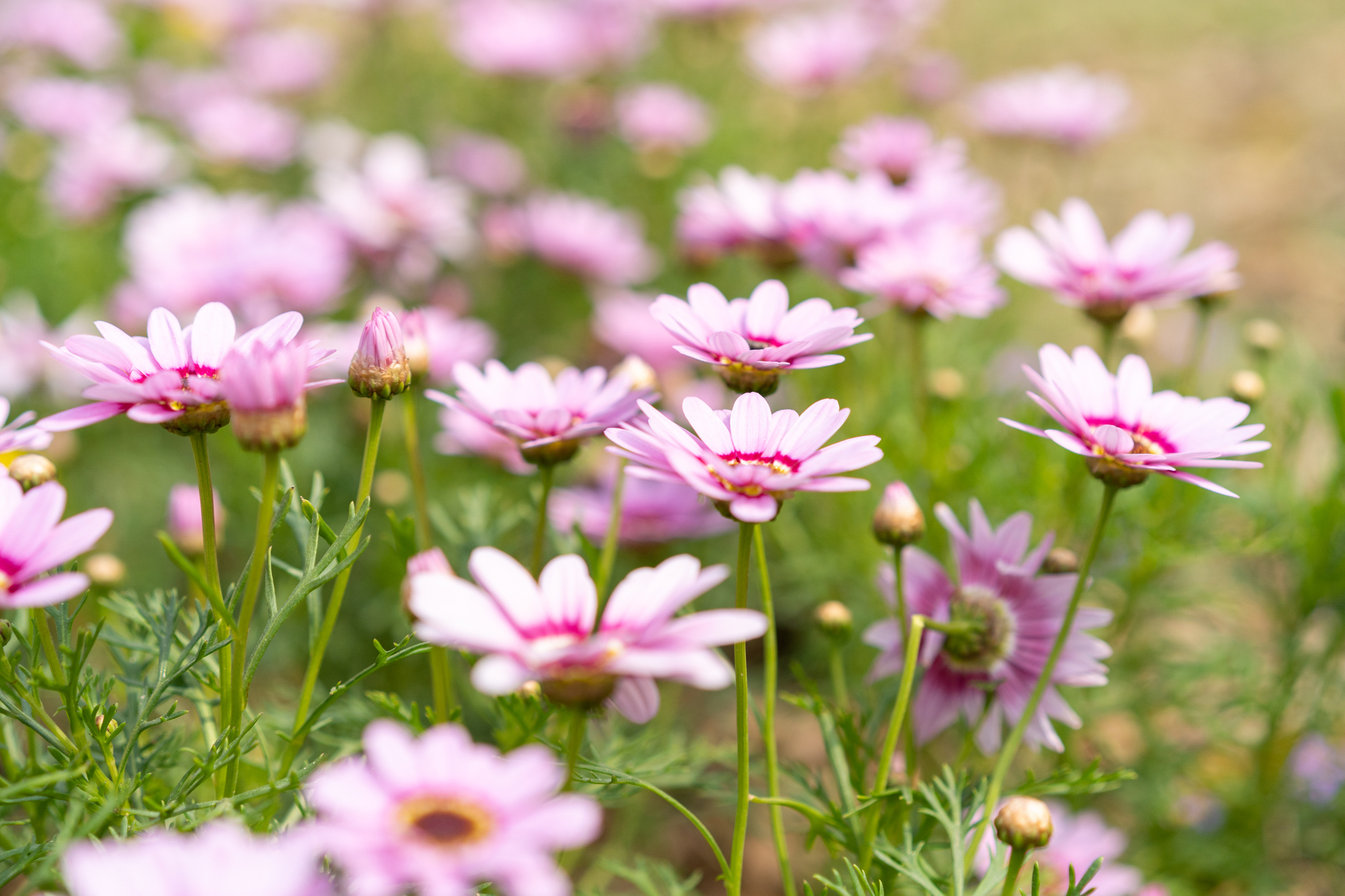
A traditional favorite, chrysanthemums don't only look beautiful layered within your yard's borders but they make a great cut flower garden idea, too. They're not such a good choice if you're prone to hay fever, however.
'Although chrysanthemums are standard in the fall, some people may be allergic to their pollen, and people who have asthma may find the pollen to be incredibly irritating,' says Aaditya.
Choose instead: 'A flower with a similar appearance but produces less pollen and is less likely to induce allergies is the dahlia,' Aaditya tells us. For advice on when to plant these alternative bushy blooms and ensure they thrive, read our guide on growing dahlias.
4. Daisies
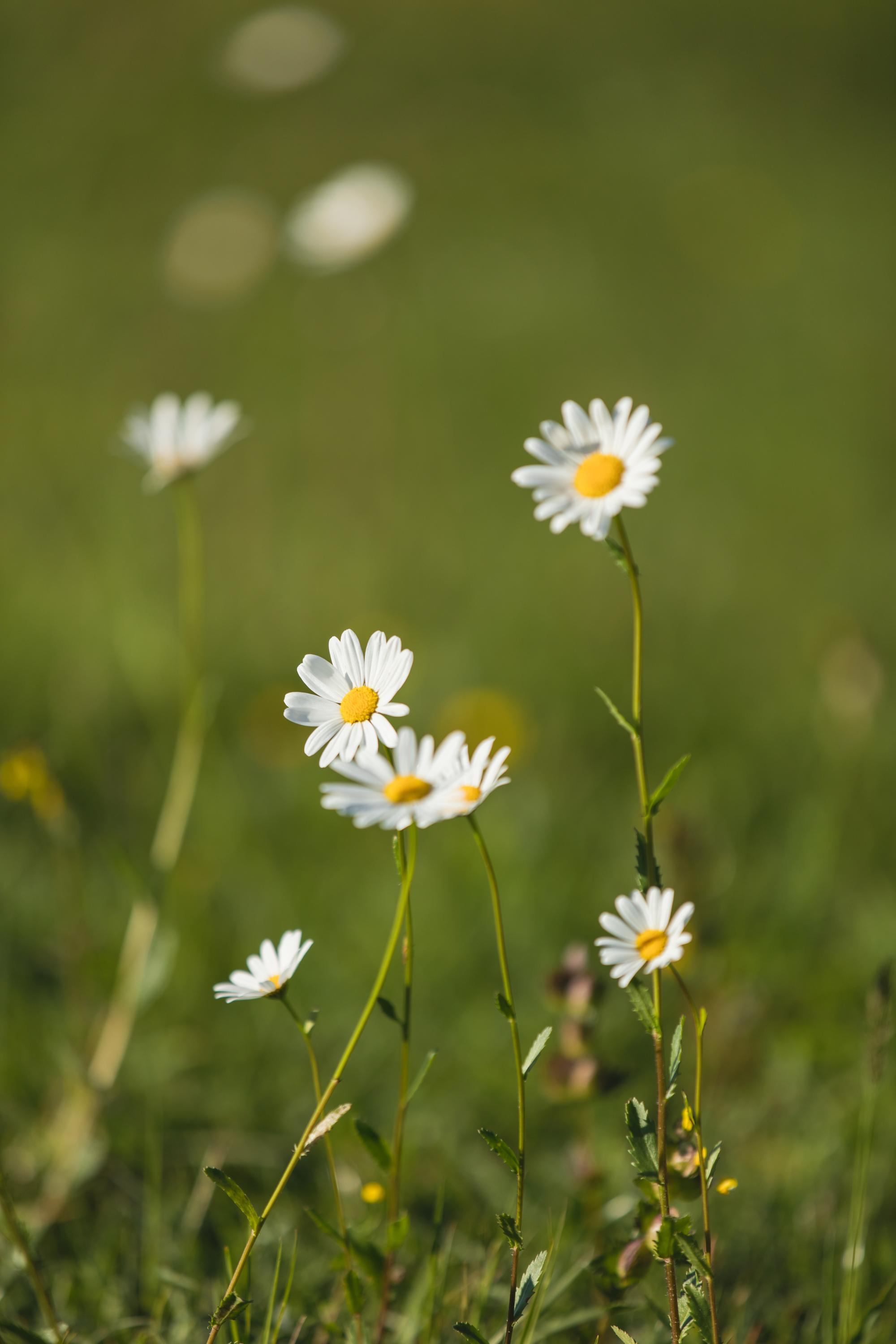
Was there ever a more nostalgic flower than the daisy? Most of us have fond memories of picking these pretty little plants - a common weed - and making daisy chains as children, but you should avoid planting cultivated varieties if you suffer from seasonal allergies this time of year.
'Their airborne pollen can easily lead to sneezing and watery eyes,' warns Tony. 'Instead, opt for pansies. They make a lovely, low-allergen flower that comes in various colors.' Bear in mind that pansies flower in cooler temperatures, typically in the spring and fall, so they won't brave the intense heat of summer as daisies do.
Choose instead: If you're looking for a similar-looking flower to the daisy that can also be enjoyed through the summer months, Aaditya recommends the coneflowers. These cone-shaped blooms with their spectacle of pink petals are a great allergy-friendly choice for a backyard. They're also one of the best flowers for pots in full sun.
5. Jasmine

The sweet scent of jasmine is one many of us associates with summer, but it's also one that should spring to mind when you think of allergies too since this small but mighty flower is a real threat to sufferers.
'Jasmine is a beautiful and fragrant flower, but its scent can cause allergies in some people, especially those with asthma,' says Aaditya. 'Gardenia is a similar-looking flower that produces less scent and is less likely to cause allergies.' These perennial shrubs also take up less space than jasmine making them a great option for small gardens and patios, too.
Choose instead: For a bushier plant more akin to the jasmine, Tony suggests mock orange. 'This plant offers a similar look but a lighter yet similar fragrance, making it a better choice for allergy sufferers,' he says.

Lilith Hudson is a freelance writer and regular contributor to Livingetc. She holds an MA in Magazine Journalism from City, University of London, and has written for various titles including Homes & Gardens, House Beautiful, Advnture, the Saturday Times Magazine, Evening Standard, DJ Mag, Metro, and The Simple Things Magazine.
Prior to going freelance, Lilith was the News and Trends Editor at Livingetc. It was a role that helped her develop a keen eye for spotting all the latest micro-trends, interior hacks, and viral decor must-haves you need in your home. With a constant ear to the ground on the design scene, she's ahead of the curve when it comes to the latest color that's sweeping interiors or the hot new style to decorate our homes.